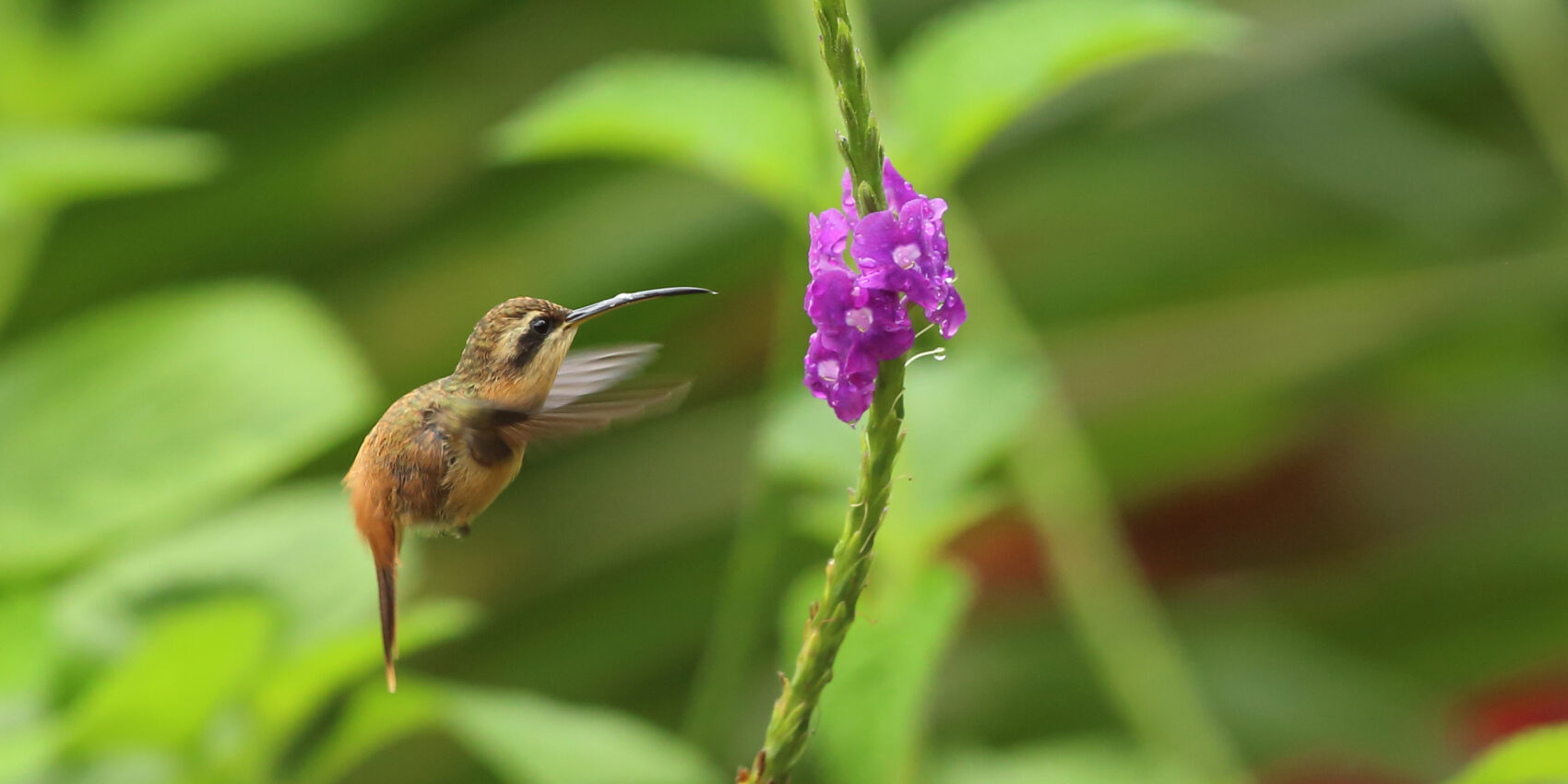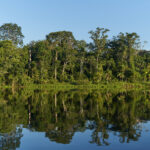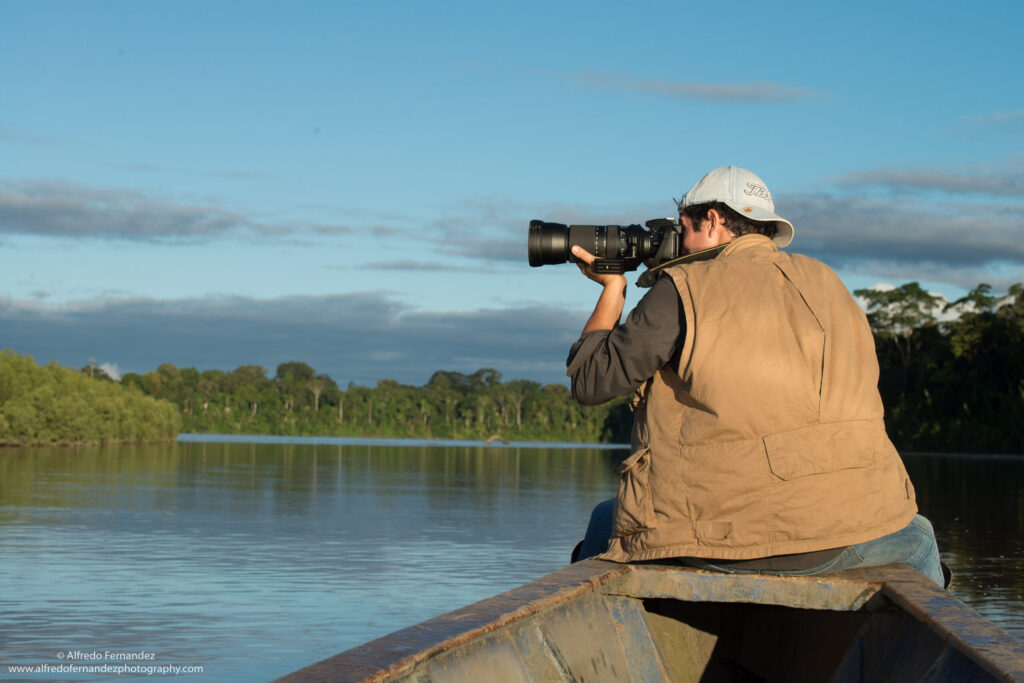Tambo Blanquillo –located in a pristine area of the Manu Biosphere Reserve- is known for having registered more than 400 bird species. However, many of those species are easy to see elsewhere in the Amazon. Which species are easy to see in Tambo Blanquillo, but hard to find elsewhere? Read this blog post to figure it out.
The Purus Jacamar is a small brown bird that is reminiscent of a Kingfisher. This bird, while not endemic, is restricted to relatively small patch of the Western Amazon. In addition to that, this bird has keen preference for old, patchy oxbow lakes.
This bird is very common in Cocha Camungo, our oldest oxbow lake. Most of our birdwatching tourists get to check that bird out of their lists within 20 minutes of entering the lake. However, it is extremely rare on our other two oxbow Lakes, Cocha Blanco and Cocha Camungo both also within the Tambo Blanquillo Private Reserve.
The best strategy to see these birds is to do an early morning trip to Cocha Camungo and paddle around for a bit. Most likely you will get to see one without too much effort.
The Rufuous-fronted Antthrush is a mythical bird to most hard-core birdwatchers. It is the bird that non-less mythical Ornithologist Ted Parker rediscovered (it had been originally reported in the 1950s) by ear back in 1980s. This bird exists in very low densities and is very habitat specific, with fewer than 1,000 pairs around, according to resent studies.
To watch this bird, we recommend walking our Tocon and Macaw trails, which are full of Heliconia and Guadua bamboo, which these birds love.
The last but not least target species in our list is the Horned Screamer. The Horned Screamer –locally known as “Camungo”- are turkey-size birds with a keratin horn on their forehead. These horns are used as health indicators, and tell females which males have “better” genetics, making them more or less attractive.
These birds, however, are decently hard to find in the Amazon. Most oxbow lakes in the area have them, but in very low densities. However, our Blanco Oxbow Lake, is without a doubt, the best place in Peru to see and photograph this unique species. A single trip around the lake should provide around 10 individuals.






